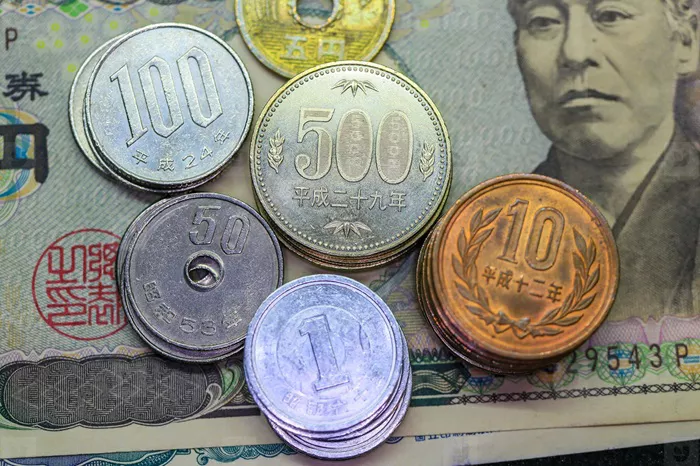The yen surged to a nine-week high on Friday as traders increased their bets on more interest rate hikes by the Bank of Japan (BOJ) later this year. Meanwhile, the U.S. dollar and other major currencies traded within narrow ranges ahead of the U.S. monthly payroll data set for release later in the day.
After a week of market fluctuations driven by conflicting headlines regarding U.S. tariff threats, investors are now focused on the upcoming U.S. jobs report, while also keeping an eye on global geopolitics and U.S. President Donald Trump’s broader policy moves.
Despite volatility, the U.S. labor market has remained robust. Economists surveyed by Reuters expect the unemployment rate to hold steady at 4.1% for January, with the economy adding 170,000 new jobs. However, analysts warn that the interpretation of the January employment data could be complicated by “significant revisions” made to population growth estimates by the U.S. Census Bureau in December, which could impact the market’s reaction.
“We may see substantial revisions in the monthly employment data,” Commerzbank analysts noted in a research report.
Dallas Federal Reserve President Lorie Logan suggested on Thursday that she is prepared to keep interest rates on hold for an extended period, even if inflation approaches the Fed’s 2% target, as long as the labor market remains strong.
The U.S. dollar index, which measures the strength of the greenback against a basket of major currencies, was largely unchanged at 107.69 after spiking earlier in the week to 109.88 due to concerns over U.S. tariff policies.
The yen, on the other hand, was benefiting from expectations that the BOJ would continue to raise interest rates. The dollar dipped 0.25% to 151.09 yen, falling below the 151 level for the first time since December 10 during early Asian trading.
The yen’s upward momentum, driven by expectations of higher rates and bolstered by recent wage data, is on track for its best week against the dollar since late November. In addition to strong wage growth, hawkish comments from BOJ board member Naoki Tamura, who advocates for raising rates to at least 1% in the second half of fiscal 2025, have further fueled expectations of tighter monetary policy.
Barclays strategists Shinichiro Kadota and Lhamsuren Sharavdemberel predict further downside for the dollar/yen pair, with the focus now shifting to Japan’s spring wage negotiations. “We expect another solid 5% wage increase this year, which, coupled with inflation above the 2% target, should keep the BOJ on a hawkish path,” they wrote.
On the broader geopolitical front, investors are still reacting to early actions from the Trump administration, including the suspension of planned tariffs against Mexico and Canada and the imposition of additional 10% tariffs on imports from China.
U.S. Federal Reserve officials are carefully considering these developments as they navigate the future direction of U.S. monetary policy. Currently, markets are pricing in a 43% chance of a 0.25% rate cut in July, according to the CME FedWatch tool. Overall, investors are anticipating two rate cuts in 2025, with around 44 basis points of cuts factored in.
The euro was little changed at $1.0382, while the British pound edged down by 0.1% to $1.2426. The Bank of England’s monetary policy meeting on Thursday forecast higher inflation and weaker economic growth, with two members of the Bank’s board calling for an even larger rate cut.
Related topics:
EUR/USD Holds Gains Above 1.0400 Amid Tariff Uncertainty
Europe’s Stock Market Approaches Record High as AI Optimism and Tariff Concerns Shape Global Markets
GBP/USD Struggles Amid US Dollar Rebound and UK Retail Sales Weakness


